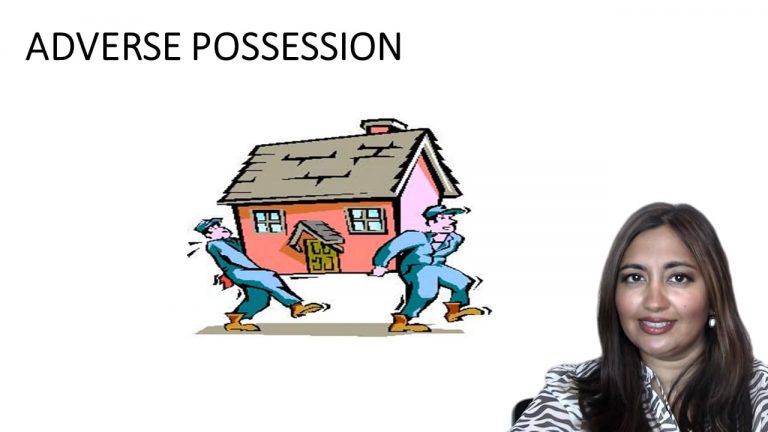SmartBrief
Confirm favorite deletion?
Property Keyed to Sprankling
O’Keeffe v. Snyder
Citation:
416 A.2d 862 (1980).
ProfessorTodd Berman
CaseCast™ – "What you need to know"
Facts
In 1946, three small pictures painted by O’Keeffe (the plaintiff) were stolen from an art gallery operated by the plaintiff’s husband. The plaintiff did not report the paintings as missing to anyone, including her husband, because she did not want to upset him. In 1972, the plaintiff finally reported the paintings as stolen to the Art Dealers Association of America, Inc. In 1975, the plaintiff learned the paintings were owned by Ulrich A. Frank and were on display at a gallery in New York. Finally, in 1976, the plaintiff discovered Frank had sold the paintings to Barry Snyder d/b/a Princeton Gallery of Fine Art (the defendant). The plaintiff demanded return of the paintings, but the defendant refused. Frank claims that his parents has possession of the paintings as far back as 1941-1943 (which is factually inconsistent with the plaintiff’s contention of theft in 1946), and then that his parents gave the paintings to him in 1965.
Only StudyBuddy Pro offers the complete Case Brief Anatomy*
Access the most important case brief elements for optimal case understanding.
*Case Brief Anatomy includes: Brief Prologue, Complete Case Brief, Brief Epilogue
- The Brief Prologue provides necessary case brief introductory information and includes:
Topic:
Identifies the topic of law and where this case fits within your course outline.Parties:
Identifies the cast of characters involved in the case.Procedural Posture & History:
Shares the case history with how lower courts have ruled on the matter.Case Key Terms, Acts, Doctrines, etc.:
A case specific Legal Term Dictionary.Case Doctrines, Acts, Statutes, Amendments and Treatises:
Identifies and Defines Legal Authority used in this case.
- The Case Brief is the complete case summarized and authored in the traditional Law School I.R.A.C. format. The Pro case brief includes:
Brief Facts:
A Synopsis of the Facts of the case.Rule of Law:
Identifies the Legal Principle the Court used in deciding the case.Facts:
What are the factual circumstances that gave rise to the civil or criminal case? What is the relationship of the Parties that are involved in the case.Issue(s):
Lists the Questions of Law that are raised by the Facts of the case.Holding:
Shares the Court's answer to the legal questions raised in the issue.Concurring / Dissenting Opinions:
Includes valuable concurring or dissenting opinions and their key points.Reasoning and Analysis:
Identifies the chain of argument(s) which led the judges to rule as they did.
- The Brief Prologue closes the case brief with important forward-looking discussion and includes:
Policy:
Identifies the Policy if any that has been established by the case.Court Direction:
Shares where the Court went from here for this case.

 22m 52s
22m 52s